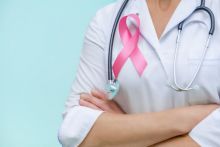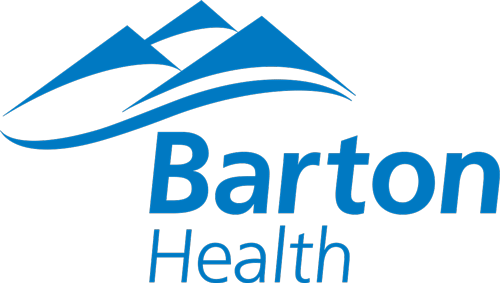
Cancer is a leading cause of death worldwide, and breast cancer is the second most common cancer in women after skin cancer. Each person’s cancer risk is different, a combination of our genetics, lifestyle and the environment around us. While a cancer risk like smoking can be avoided, inheriting certain genes that increase your risk for cancer cannot. Regular cancer screenings are important and may find cancers early, when treatment is likely to work best.
Breast cancer screenings can consist of a breast self-exam, clinical breast exam, mammogram or breast magnetic resonance imaging (MRI). Each type of screening test has benefits and risks; it’s important to talk to your doctor before getting any screening test like a mammogram.
Breast self-awareness, or a breast self-exam, is a key component to early breast cancer detection. Being familiar with how your breasts look and feel can help you notice symptoms such as lumps, pain or changes in size that may be of concern. You should report any changes that you notice to your doctor or healthcare provider.
A clinical breast exam is performed by a practitioner during a woman’s annual health exam. Annual health care visits include discussion of health topics related to your age, a physical exam, screening tests and immunizations as well as general health, hygiene, nutrition, exercise, sexual health and domestic violence.
Barton Women’s Health physicians follow the American College of Obstetricians and Gynecologists (ACOG) guidelines and recommend women with an average risk of breast cancer receive a mammogram every 1 to 2 years beginning at age 40. If you have a strong family history of breast cancer, your screening recommendations may be different. Talk to your doctor to determine your individual risks and a screening schedule that is appropriate for you.
Within Barton Medical Imaging’s Women’s Suite, our community has access to the latest in mammogram technology with Barton’s state-of-the-art 3D tomosynthesis machine as well as breast MRI, which is beneficial for patients with a high risk of breast cancer, those who have been diagnosed with breast cancer or those who are undergoing chemotherapy.
Your health provider is your partner and will help facilitate regular screenings as part of your ongoing health management; when combined with self-awareness and familiarity with what is normal for your body, you’ll have the best chance of identifying cancer in its early stages.
Patients can get screened for breast cancer at their care provider’s office, a clinic or a hospital. Contact your provider’s office to schedule your breast cancer screening or annual health exam.
To learn more about women’s health services provided or Barton’s medical imaging department, visit BartonHealth.org.



 Dr. Amanda Weavil is a physician with Barton Women’s Health in South Lake Tahoe, CA.
Dr. Amanda Weavil is a physician with Barton Women’s Health in South Lake Tahoe, CA. 



